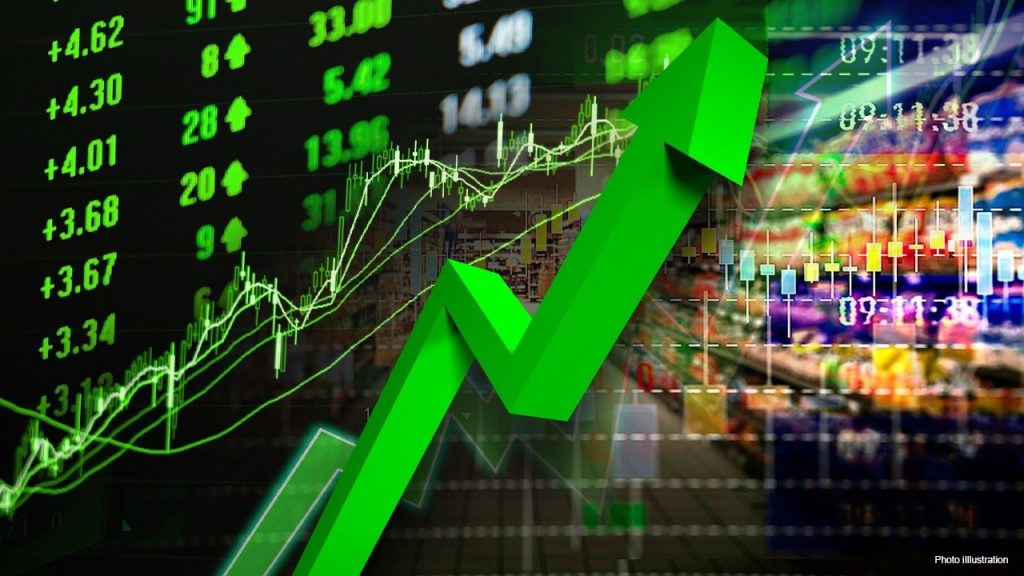
The Dow Jones Industrial Average climbed back from intraday lows, but closed down Thursday ahead of a seasonally weak period of trading in September.
The blue-chip average closed 63.07 points, or 0.2% lower, at 34,751.32 after falling as much as 274 points earlier in the trading session. The S&P 500 dipped nearly 0.2% to 4,473.75. The Nasdaq Composite bucked the trend and added 0.1% to close at 15,181.92.
Investors digested mixed economic readings released Thursday.
August retail sales surprised the market and rose 0.7% from the month prior, the Census Bureau reported Thursday. Economists surveyed by Dow Jones expected a 0.8% month-over-month decline.
Meanwhile, the latest unemployment insurance weekly data showed 332,000 first-time jobless claims last week. Economists polled by Dow Jones expected a total of 320,000 initial claims.
“People are starting to see that some of the economic data that we’ve received lately has been affected by delta and are probably waiting for some of the effects of that to roll off,” said Victoria Fernandez, chief market strategist at Crossmark Global Investments. “I think we’re going to see a little bit of ‘two steps forward, one step back’ in the markets over the next few weeks.”
Mining names Freeport-McMoRan and Newmont were the biggest laggards on the S&P 500 on Thursday, down 6.6% and nearly 4%, respectively.
Energy names, which popped the day prior, edged down with the Energy Select Sector SPDR ETF falling closing about 1% lower.
On the upside, Moderna shares rose 1.4% after the company released more data on breakthrough Covid cases that supports the push for the wide use of vaccine booster shots.
The three major U.S. stock indexes are in the red for September. After seven straight months of gains for the S&P 500 and a near 20% rally to records this year, many on Wall Street expect bumpier trading and lower returns for the rest of the year.
Friday marks a key date for the market as the final third of September historically sees the worst performance of the month. The S&P 500 typically peaks around Sept. 17 before selling off into the end of September.
The day also coincides with the expiration for stock options, index options, stock futures and index futures — a quarterly event known as “quadruple witching” or “triple witching” — which can cause high trading volume.























